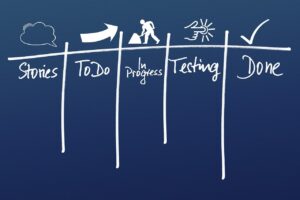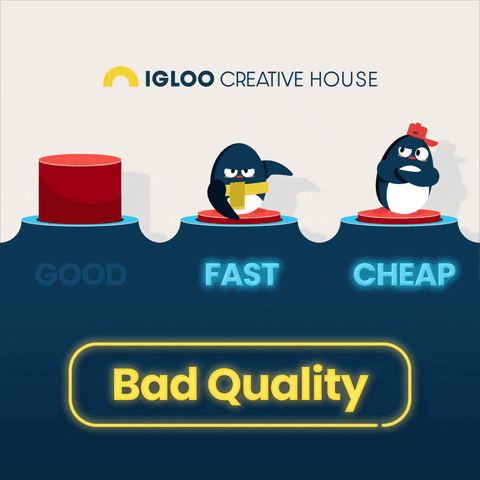
Why agile is dead – Dave Thomas
Why agile is dead by Dave Thomas, one of the original co-authors of the Agile Manifesto, declared „Agile is Dead” in a candid and deeply insightful presentation. This provocative statement does not mean that agility—the underlying philosophy—is obsolete, but rather that the way Agile is practiced in many companies today has veered far from its original intent.
Here he is a bit older ( and wiser ) then the main photo 🙂
Why agile is dead and what Is Agile ?
At its core, Agile is a mindset—a commitment to being adaptable, valuing individuals and interactions over rigid processes, prioritizing working software over exhaustive documentation, fostering collaboration over contract negotiation, and embracing change instead of blind planning.
- Doing Agile means following prescribed frameworks, rituals, and metrics mechanically: sprint planning, daily standups, story points, and ceremonies become ends in themselves.
- Being Agile means embodying agility—embracing continuous learning, adapting to feedback, and evolving processes contextually.
Dave Thomas underscores that the „doing” kills agility, we made it into a bureaucratic exercise that loses sight of delivering real value.

Common Pitfalls: The Story Points Trap
One notable symptom of the broken „doing Agile” is obsession over story points an abstract unit to estimate work effort that in the end need to be sum up in a time-boxed sprint.
- Story points often become a proxy for productivity measurement rather than a planning tool.
- Teams inflate or game estimates to meet expectations, creating inaccurate velocity metrics.
- The quest for estimation precision leads to wasted time in endless debates, detracting from actual work.
- Overemphasis on story points fuels false urgency, pressuring teams to rush decisions without insight.
In many corporate environments, this obsession masks deeper dysfunctions: poor requirement clarity, unrealistic deadlines, and a culture that punishes uncertainty rather than managing it.


I miss waterfall planning and technical insight… kanban is also a lot better in my opinion ;/
Worst of all is rapid decisions without proper insight
In the corporate world, decisions in Agile settings are often made too swiftly, driven by pressure to meet sprint deadlines and stakeholder demands.
- The drive for speed results in important trade-offs being overlooked.
- Teams lack the time or psychological safety to reflect deeply, experiment, or pivot thoughtfully.
- This causes projects to degenerate into a „feature factory,” where quantity trumps quality.
- Real constraints and risks are ignored or deferred, leading to technical debt and burnout.
Dave Thomas warns that Agile, when stripped of context and rushed, becomes a relentless cycle of reactive firefighting without strategic foresight.
Why agile is dead or what we do wrongly in Agile
- Rushing decisions with insufficient information: Deadlines drive haste, not insight.
- Following the process slavishly: Frameworks become dogmas, losing flexibility.
- Overemphasis on metrics and ceremonies: Focus shifts from outcomes to outputs.
- Ignoring organizational context and team maturity: One-size-fits-all fails.
- Lack of leadership courage to admit failures and rethink approaches.

Why agile is dead ? This could help
- Stop obsessing over rigid processes and metrics.
- Value real communication and collaboration over ceremony.
- Create safe spaces for experimentation and honest retrospection.
- Balance speed with the need for thoughtful consideration.
- Embrace agility as a continuous journey, not a destination.
- Power tape and WD40… 🙂
Conclusion
Why agile is dead has a seed of truth. Agile as an industry buzzword or mechanical practice is, in many ways, „dead.” But agility—as a mindset and adaptive philosophy—is more relevant than ever. Organizations must recognize the difference between „doing Agile” and „being Agile,” avoid pitfalls like the story points obsession and rushed decisions, and thoughtfully integrate methodologies like Kanban and Waterfall where appropriate. Only with reflection, courage, and context-driven adaptation can true agility be reclaimed in the corporate world.




